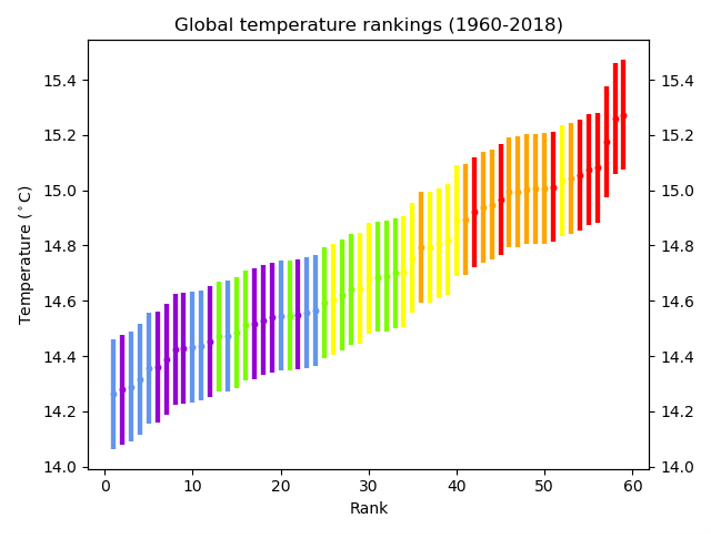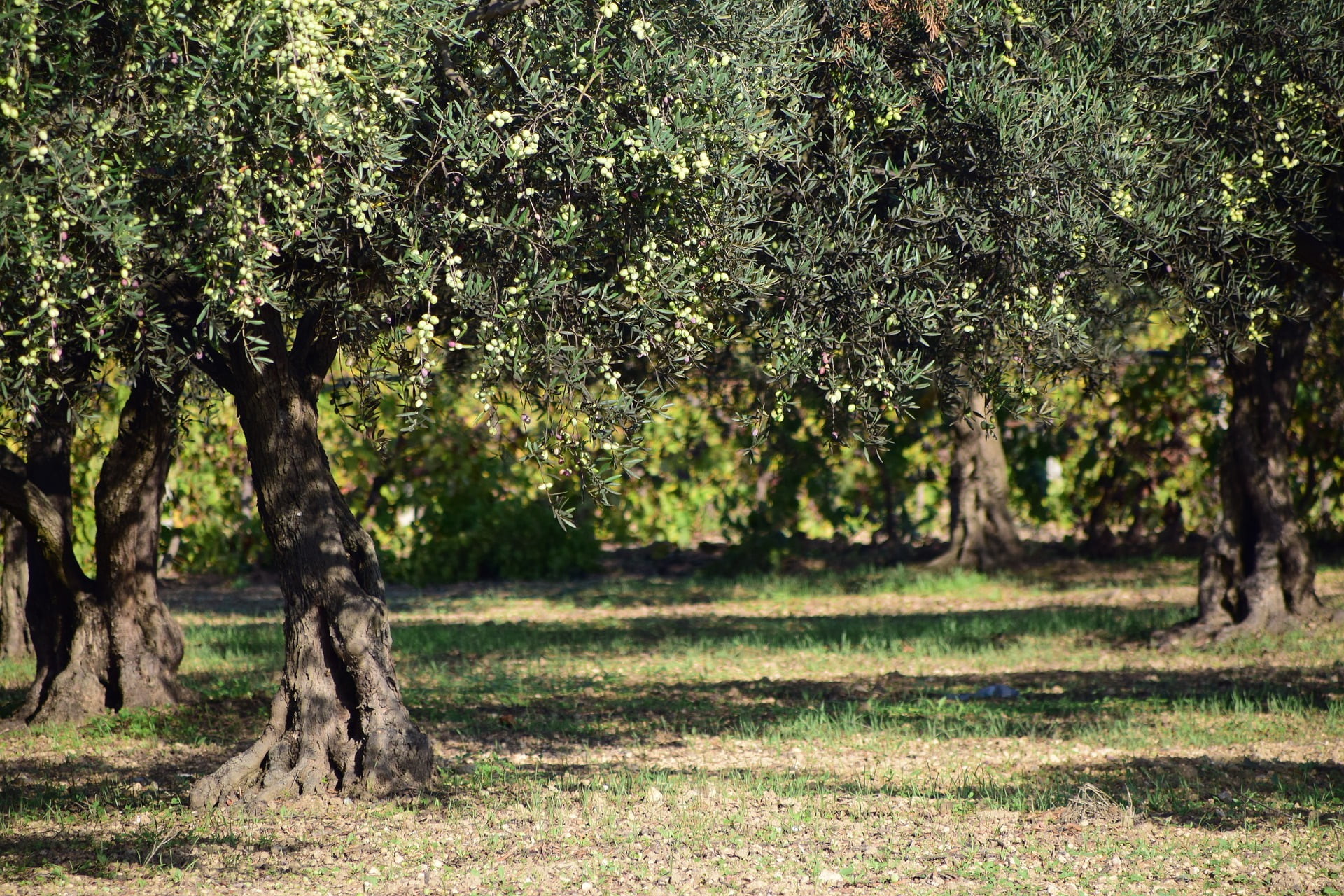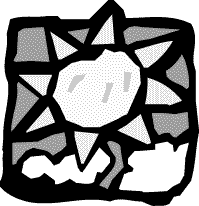Artificial satellites
Key Stage 3, Science
GRAVITY AND SPACE
Prior Learning
The solar system is held in place by gravitational attraction and that natural satellites orbit.
Objectives
By the end of the lesson:
All students will know that:
- satellites orbit objects that are much larger than themselves
- natural and artificial satellites are kept in orbit by gravitational attraction
- there are two main types of orbit
Most students will know that:
- the two types of orbit are geostationary and polar orbiting
- artificial satellites have a variety of uses, including meteorological, communications, scientific research, telescopes.
Some students will know that:
- details about specific artificial satellite
- examples of information that can be gained from satellites
Lesson plan
Starter
Challenge the students to answer the question: “How many things can you think of that we use artificial satellites for?”.
Satellite examples could include weather observations (monitoring weather and climate), TV broadcast, telecommunications, scientific research, environmental monitoring, surveillance (spying!/military intelligence), astronomical (telescopes and measurements from outside our atmosphere), navigational (e.g.GPS)
Lesson resources
PDF document containing the starter question
Main Body
Recap to allow students to remember what a satellite is.
Get students to try making their own satellite using the template supplied.
Meteorology from space
Satellites have been used for weather observations since 1959 when Vanguard 2 was launched.
Types of Satellite
There are two types of satellite orbit; polar orbiting and geostationary. Both are useful for meteorology and other things.
Artificial satellites slideshow.
Plenary
Get students to use the artificial satellites worksheet to demonstrate they understand the differences between polar orbiting and geostationary satellites.
Artificial satellites worksheet
Web page reproduced with the kind permission of the Met Office.
Have a look at our ‘Watching the Earth‘ resources.




